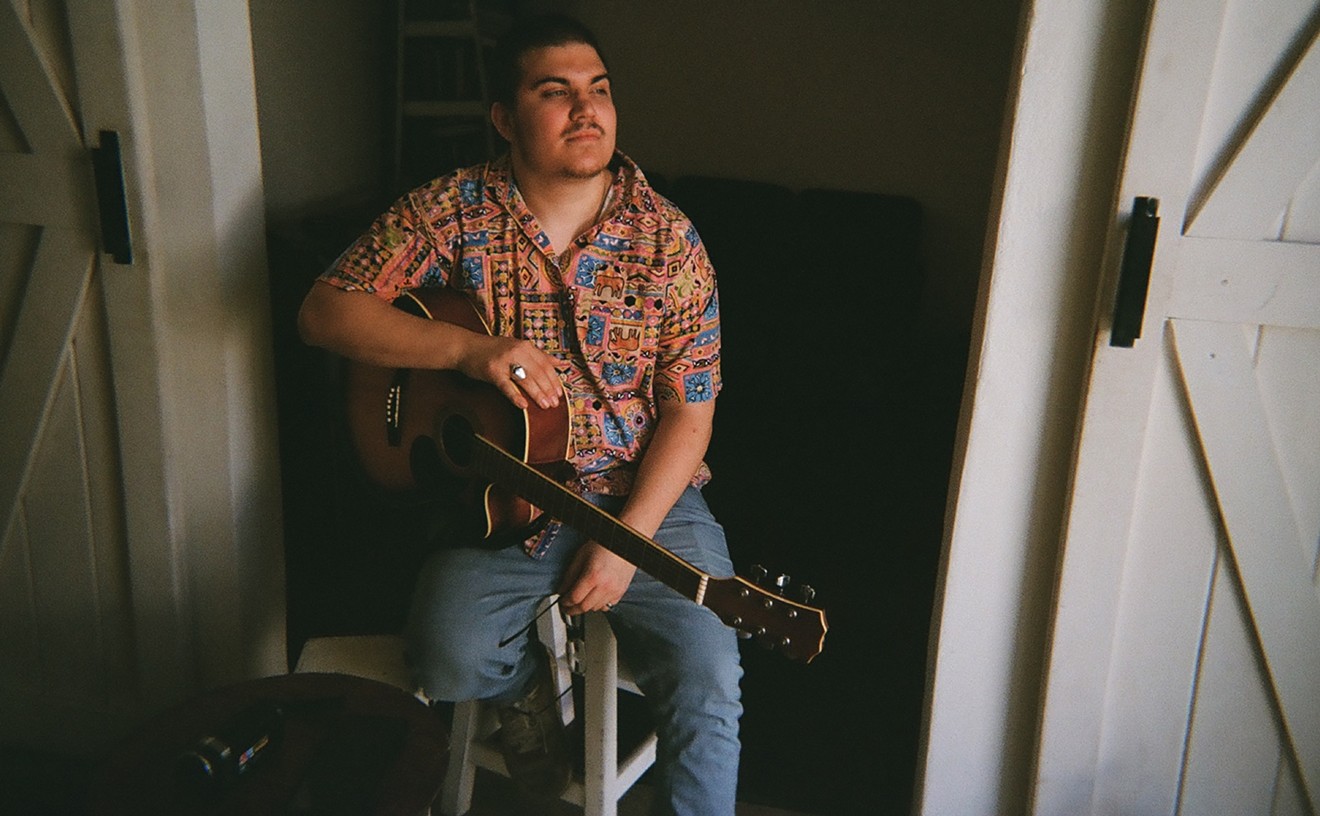Ari Folman's broodingly original Waltz With Bashir is a documentary that seems only possible, not to mention bearable, as an animated feature.
Folman has created a grim, deeply personal phantasmagoria around the 1982 invasion of Lebanon. Waltz With Bashir, named for Bashir Gemayel, the hero of the Christian militias that allied themselves with Israel, is an illustrated oral history based on interviews Folman conducted with former comrades and mixing dreams with their recollections.
Waltz With Bashir opens with a pack of slavering dogs rampaging through nocturnal Tel Aviv—the dramatization of a recurring nightmare experienced by one of Folman's friends. His assignment, when entering a Lebanese village, had been to silence the dogs because "they knew I couldn't shoot a person." One dream triggers another: Folman, who claims to have forgotten everything about his wartime experiences, has his sleep disturbed by a vision of soldiers, naked save for their dog tags and Uzis, drifting zombie-like out of the ocean onto Beirut's posh hotel strip.
Although it can be highly explicit in detailing war's horror, Waltz With Bashir is mainly concerned with the recollection of trauma. There's a therapeutic aspect to the project. Folman's dream prompts him to roust an analyst friend at 6:30 a.m. and then, encouraged by the analyst's suggestion, begin tracking down the men with whom he served, as a means of recovering or even re-implanting his own memories of the war.
"Uncontrollable fear" merges with megalomania. A tank rolls into a Lebanese city, casually crushing parked cars and backing up into buildings, until the commander is shot—at which point the soldiers abandon their weapons and flee. One former soldier recalls his terror-induced vision of a beautiful giantess who rose out of the sea and allowed him to float away nestled on her body as the transport boat was incinerated. Experience is scarcely less fantastic: The sole survivor of an ambush crouches for hours behind a rock until, under cover of darkness, he swims south and is washed ashore.
Waltz With Bashir matches a grim sense of estrangement with a distinctively alienated look. The thick-lined, near-monochromatic animation is frequently bathed in an eerie yellow light. Folman has said that his documentary was always intended to be an animated feature. The interviews were staged and videotaped, with the animators basing their drawings on the video material
The tension inherent in Folman's method is reproduced throughout the film; Waltz With Bashir takes ambivalence as a formal principle. Lebanon 1982 not only merges with present-day Israel but also with an earlier generation's memories of World War II. The war's hallucinatory aspect is heightened by the home front's surreal proximity to the battlefield. Folman's unresolved guilt is at once personal and socially symptomatic. Waltz With Bashir inexorably builds to the massacres at the Sabra and Shatila refugee camps, an atrocity which the Israeli army tacitly enabled but didn't commit.
Linking the slaughter of the Palestinians to the experience of Folman's parents in Auschwitz, the filmmaker's analyst-friend points out that "the massacre has been with you since you were 6." In its final minutes, Waltz With Bashir abruptly goes to graphic news footage—breaking the subjective spell with the full, awful weight of TV images.










